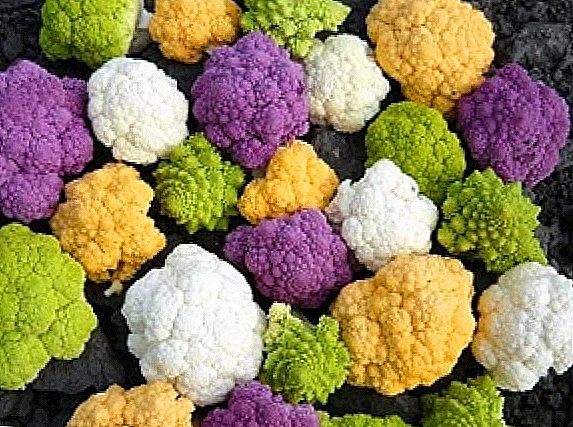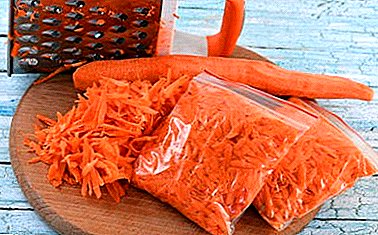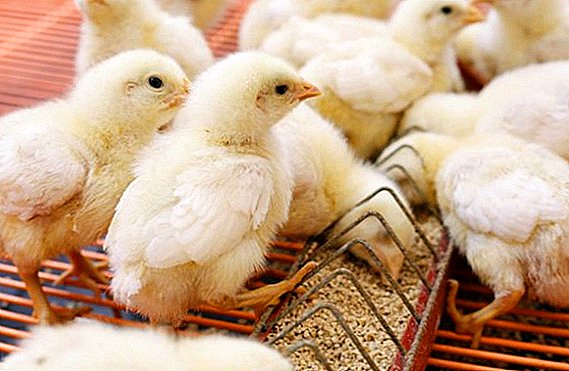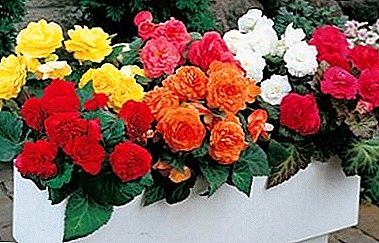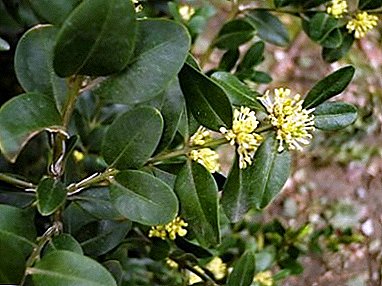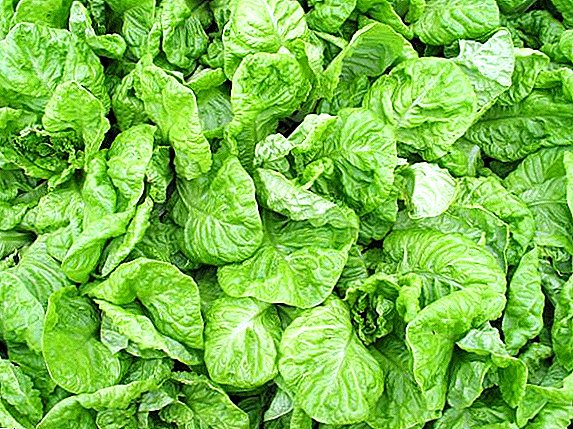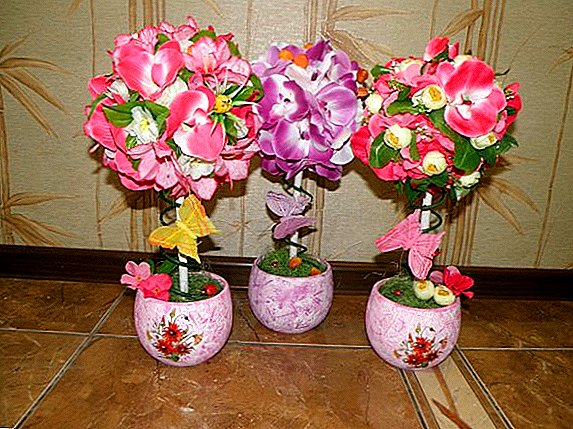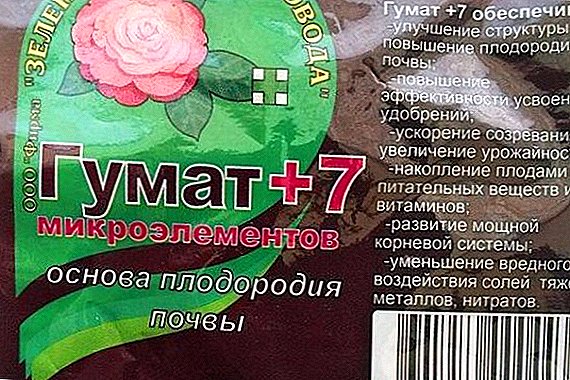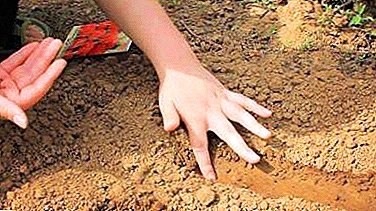 Chinese cabbage pak choi is one of the most popular cabbage varieties in East Asia. Because of its excellent germination, unpretentiousness to the soil and high nutritional properties, many gardeners in our country have begun mass cultivation of this cabbage variety. We will talk about the secrets of proper planting and caring for pak choi in the article.
Chinese cabbage pak choi is one of the most popular cabbage varieties in East Asia. Because of its excellent germination, unpretentiousness to the soil and high nutritional properties, many gardeners in our country have begun mass cultivation of this cabbage variety. We will talk about the secrets of proper planting and caring for pak choi in the article.
Culture description
Pak-choi (bok-choi) - Annual (rarely two-year) plant from the cruciferous family. This variety of cabbage has no roots. Side-choy forms a rosette of leaves with a height 35-65 cm.
There are two types of plants: with white and green petioles. Side-choi belongs to the category of early and cold-resistant cultures. The two-year-old cabbage in the second year of life forms a flower arrow.  The roots of Pak-choi penetrate into the soil no deeper than 15 cm. In greenhouses and greenhouses, they are grown side-by-side at any time of the year, and outdoors in the warm season. Pereopilyatsya plant only with Peking cabbage.
The roots of Pak-choi penetrate into the soil no deeper than 15 cm. In greenhouses and greenhouses, they are grown side-by-side at any time of the year, and outdoors in the warm season. Pereopilyatsya plant only with Peking cabbage.
In addition, the pack-choi contains many useful micro-and macronutrients, vitamins and fiber. This product is often used by people on a diet or sick for diabetes.
During diabetes, it is recommended to include in your diet yucca, pumpkin, boletus, dill, purslane, black cumin, iceberg lettuce, asparagus beans, black chokeberry.He is able to remove toxins, toxins and cholesterol from the body. Side-choi contains such vitamins and minerals: magnesium, iron, potassium, phosphorus, vitamins A, C, PP and vitamins of group B. All of these elements have a positive effect on the body.
Features of cultivation: requirements for soil, site selection, earliness
On the territory of our country are grown several varieties of cabbage pak choi. Breeders brought early and mid-season Chinese cabbage.  The first category includes "Alyonushka", "Golub", "Vesnyanka", "Corolla". These cabbage varieties ripen very quickly (the growing season is 45 days).
The first category includes "Alyonushka", "Golub", "Vesnyanka", "Corolla". These cabbage varieties ripen very quickly (the growing season is 45 days).
Mid-season varieties include "Swan", "Swallow", "Chill", "Four Seasons", "In Memory of Popova". The growing season of mid-ripening varieties 50-55 days.
Did you know? In Asian countries withok pak choi is used in cosmetics. It is an excellent way to rejuvenate the skin.
Buck choi not particularly demanding on soil. It can even grow in an uncomfortable area. But the best place for landing will be sandy loam or light loam. The acidity of the soil should vary from 5.5 to 6.5 pH. The best predecessor is the cucumber. It is not recommended to plant pak choi in the place where last year another variety of cabbage grew.
It is also undesirable to plant a bok-choi on one place for more than two years in a row.
How to plant cabbage pak choi in the country
Now we will understand the main question: how to grow cabbage pak choi at home? Cultivation begins with planting seedlings.
Planting and caring for seedlings
For growing seedlings cabbage seeds are planted in peat cups at the end of March - mid April. Soil for seedlings can be mixed with humus for better seed germination.  After planting the seeds pour water (cold water is undesirable). Seedling cups are best placed in a sunny place.
After planting the seeds pour water (cold water is undesirable). Seedling cups are best placed in a sunny place.
Important! Many agronomists recommend planting bok-choi seeds directly into the ground. The best time for landing will be the beginning of June, when the weather is already warm.Every four to five days, seeds should be watered with water, the temperature of which is not lower than 15ºС. After 15-20 days, when three leaflets form on the seedlings, it should be poured.
Under each sprout pour a little earth, then the plant quickly forms the fourth and fifth leaves. After five leaves are formed on the seedlings, it can be planted on a previously prepared area with cups.
Planting seedlings in open ground
To seedlings pak-choi quickly got accustomed, you need spraying water regularly (2-4 times a day; spraying is carried out for 5-7 days).  It is best to plant cabbage in the penumbra. Until the roots of the seedlings are strong, hot sunshine can harm it. It is better to plant seedlings in the ground in the evening or on an overcast day.
It is best to plant cabbage in the penumbra. Until the roots of the seedlings are strong, hot sunshine can harm it. It is better to plant seedlings in the ground in the evening or on an overcast day.
The distance between the rows of cabbage should be 25-30 cm. Dig into the soil before the first true leaflets.
Features of growing
Cabbage pak choi is suitable for growing on almost any type of soil. For it does not require special and meticulous care. However, subject to certain nuances, you can increase the yield.
Watering and soil care
Side-choi should be watered until the plant has fully taken root at the landing site (we wrote about this in the previous section).  After that, water only in cases when there is no precipitation for a long time (two weeks or longer). In such cases, 15-20 liters of warm water should be poured per square meter of soil.
After that, water only in cases when there is no precipitation for a long time (two weeks or longer). In such cases, 15-20 liters of warm water should be poured per square meter of soil.
Did you know? The famous traveler James Cook claimed that only sauerkraut saves his sailors, banishing illness from the body. In those days, not a single ship sailed without a stock of sauerkraut.
The plant must spud for better yield. Do it for 20-25 days before harvest.
Sprinkle the ground ash before hilling the soil. If there is a lot of weed on the plot, we need to weed it.
Top dressing Chinese cabbage
Absolutely no difficulties should arise when caring for pak-choi. The best option for feeding plants is to use the necessary organic and mineral fertilizers.  You must comply with the amount of fertilizer per square meter, so as not to harm the cabbage. Otherwise, it may die or lose its taste and beneficial properties.
You must comply with the amount of fertilizer per square meter, so as not to harm the cabbage. Otherwise, it may die or lose its taste and beneficial properties.
For feeding you can use ammonium nitrate. You can also make 20 grams per square meter of potash fertilizer.
The same proportions of g / m² are observed when superphosphates are added. Replacing all the listed chemical fertilizers can be wood ash.
It is better to refrain from the introduction of nitrogenous fertilizers (as even if the cabbage adds growth, it will lose its taste).
More about pak choi care
Culture is prone to the formation of arrows and flowering, so when growing it is necessary to take into account some of the biological features of the cabbage.  Arrow formation and color flow processes are usually observed with a constant lengthening of daylight hours. To avoid this, some agronomists advise do not plant pak choi before July.
Arrow formation and color flow processes are usually observed with a constant lengthening of daylight hours. To avoid this, some agronomists advise do not plant pak choi before July.
For better yields, the soil around the cabbage can be mulched with rich compost or mowed grass. So it will be better to preserve moisture (this is especially necessary during dry periods of summer).
Fight against plant diseases and pests
Cruciferous fleas are the most dangerous for side-parasites. With the wrong care of the plant, they are able to destroy most of the crop.  To combat the parasite should be the most frequent loosening and abundant watering. You also need to mulch the cabbage in the morning through the infusion of tobacco or wood ash.
To combat the parasite should be the most frequent loosening and abundant watering. You also need to mulch the cabbage in the morning through the infusion of tobacco or wood ash.
Important! To combat pests, pak choi also use a solution of wood ash and soap, an infusion based on fresh tomato leaves and garlic, a solution of acetic water, infusion of liquid soap and dandelion root part, infusion of garlic arrows and green sage. These solutions are suitable for both spraying and irrigation.
To combat the cruciferous flea, the use of an aqueous solution based on Kinmiks is allowed. The drug is diluted in water according to the instructions and sprayed in the evening or morning.
It is necessary to inspect cabbage leaves regularly at the stage of their formation for the presence of cabbage whitefish eggs. If they are detected, you need to collect all the eggs and destroy them.
Garden slugs or rain snails also pose a serious danger to the plant in open field conditions. To combat these pests use bait based on bran or alcohol infusion.  Snails can be collected manually. Effective drug to combat slugs is "Rodax".
Snails can be collected manually. Effective drug to combat slugs is "Rodax".
All the above preparations should be used strictly according to the instructions - the plant is very sensitive to any changes in the soil or on its surface.
Pak-choi is able to accumulate harmful trace elements in leaflets, so it is best to avoid frequent spraying and fight pests using the manual collection method.
It is also interesting to read about the cultivation of Peking, Savoy, white and cauliflower.
Harvesting
The first harvest of early ripe varieties can be harvested within 25-35 days after planting with pak choi in open ground. It is best to carefully cut the leaves of cabbage, and leave the roots in the soil.  Then, in good weather conditions, the pack-choi will yield again in 25-30 days. It is advised to pull up the plant only at the end of September, when the rainy season begins and weather conditions will not allow the cabbage to grow again and produce a crop.
Then, in good weather conditions, the pack-choi will yield again in 25-30 days. It is advised to pull up the plant only at the end of September, when the rainy season begins and weather conditions will not allow the cabbage to grow again and produce a crop.
Did you know? The largest amount of vitamin C from all salad crops is contained in pak-choi.
Most often the plant is used for making salads. Pak-choi salad is made with the addition of mandarin, corn or peas. Fresh cabbage contains a lot of lysine, which has an anti-cancer effect.
Recently, many gardeners in our country began to actively grow pak choi. Due to the ease of planting and care, the popularity of this variety of cabbage is growing every year.


